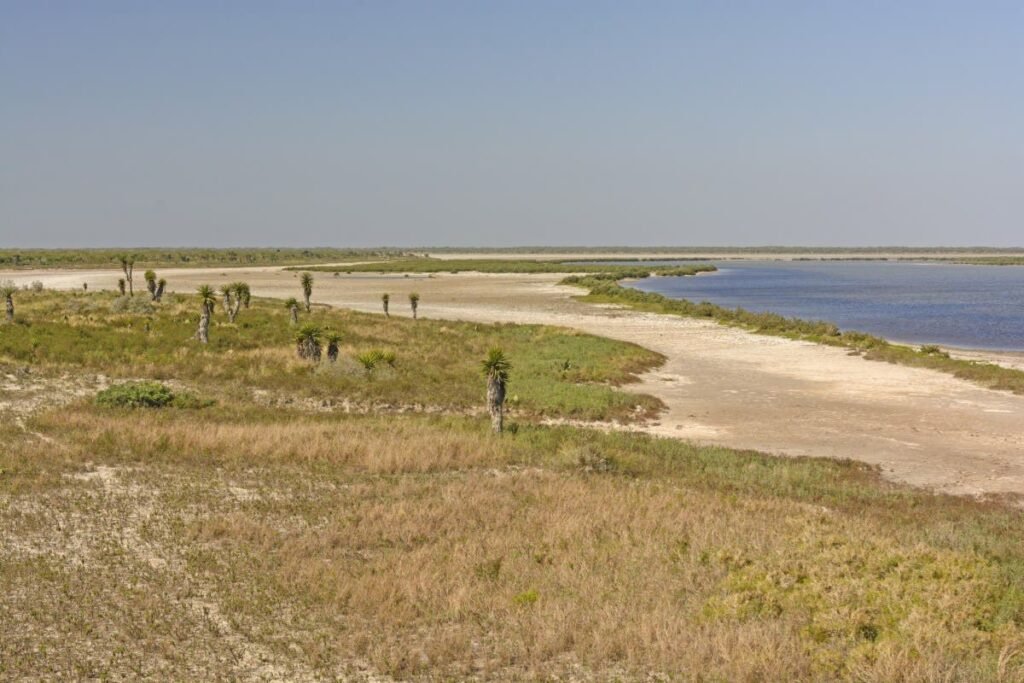Unhealthy Air Quality Levels in Texas Nature Reserves: What Tourists Need to Know
Tourists visiting nature reserves in Texas, specifically Laguna Atascosa and Lower Rio Grande Valley National Wildlife Refuges, are advised to take precautions due to unhealthy air quality levels reported on Thursday. This warning comes from the U.S. Environmental Protection Agency (EPA), highlighting the potential health risks associated with elevated pollution levels in the area.
Current Air Quality Status
The EPA’s AirNow website has issued an alert indicating that regions in South Texas, including the aforementioned wildlife refuges, are experiencing increased levels of air pollution. According to the air-quality map, segments of Southeast Texas, particularly east of Brownsville, are currently affected. As of Thursday morning, these areas registered air quality levels categorized as "unhealthy for sensitive groups."
Health Implications
Sensitive populations, including children, the elderly, and individuals with preexisting respiratory conditions, are most at risk during episodes of poor air quality. Health officials emphasize the importance of safeguarding these vulnerable groups, recommending they limit outdoor activities when the air quality is compromised. Research has indicated that inhaling polluted air can lead to serious health consequences, particularly among young children whose lung development is still ongoing.
Understanding Air Quality Index (AQI)
The Air Quality Index (AQI) serves as a vital tool for assessing air pollution. It operates on a scale from 0 to 500, categorizing air quality into the following segments:
- 0-50 (Green): Good – Satisfactory air quality.
- 51-100 (Yellow): Moderate – Acceptable, with possible concerns for sensitive individuals.
- 101-150 (Orange): Unhealthy for Sensitive Groups – Affected populations include those with heart or lung diseases, the elderly, children, and pregnant individuals.
- 151-200 (Red): Unhealthy – General population may start to experience health effects.
- 201-300 (Purple): Very Unhealthy – Triggers health warnings of emergency conditions.
- 301-500 (Maroon): Hazardous – Poses serious risks to everyone.
As observed, the affected area in Texas is classified in the orange zone, indicating heightened levels of particulate matter and ozone pollution, posing risks especially to sensitive groups.
Expert Insights
Professor Jonathan Grigg, a specialist in pediatric respiratory and environmental medicine, underscores the unique vulnerabilities of children. "Their lungs are still developing, and exposure to pollutants can alter their lung function trajectory," he explains. Moreover, Grigg notes a strong correlation between inhaling harmful particles and increased mortality rates due to respiratory and cardiovascular diseases. This highlights the urgency for preventative measures among at-risk populations.
Staying Informed and Safe
Regular updates on air quality conditions are available through air-quality maps, allowing the public to stay informed about real-time changes. As weather patterns shift, monitoring these updates will be crucial in determining whether the orange zone persists or improves.
For more comprehensive insights on air quality and its impact on health, you can visit AirNow.
Conclusion
If you are planning to visit Laguna Atascosa and Lower Rio Grande Valley National Wildlife Refuges, remain vigilant about air quality advisories. Prioritizing health, especially for vulnerable individuals in your group, can ensure a safer experience while enjoying the natural beauty Texas has to offer.


